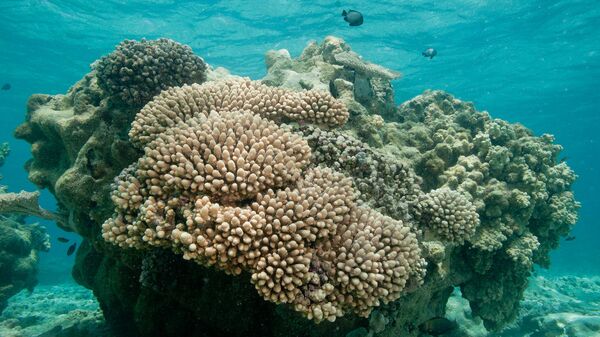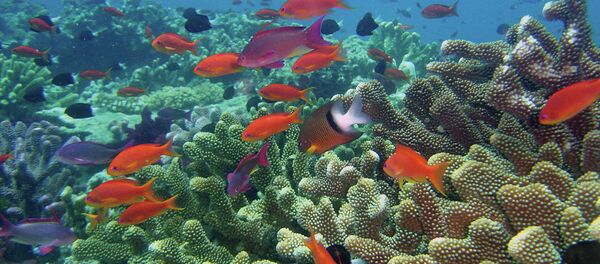But it's not your health you should be worried about in this case. The latest studies have revealed that the very ingredient that saves your skin from the effect of UVA and UVB rays is damaging coral reefs in tourist resorts around the globe.
A study released on Tuesday by the Archives of Environmental Contamination and Toxicology shows that oxybenzone is toxic to coral and can be fatal in high concentrations. According to the report, the compound modifies coral's DNA, makes it less resistant to bleaching, and acts as an endocrine disruptor, forcing baby coral to enshrine itself in its own skeleton and die.
The findings come from an international research team led by Craig Downs of the non-profit scientific organization Haereticus Environmental Laboratory in Virginia. They conducted water testing around popular tourists destinations.
The waters around Hawaii and the U.S. Virgin Islands, for instance, showed oxybenzone concentrations 12 times higher than average.
"The most direct evidence we have is from beaches with a large amount of people in the water," co-author John Fauth, an associate professor of biology at the University of Central Florida in Orlando, wrote in the report.
"But another way is through the wastewater streams. People come inside and step into the shower. People forget it goes somewhere."
Between 6,000 and 14,000 tonnes of sunscreen lotion winds up in coral reef areas annually. Meaning that beachgoers are unknowingly contributing to the decline of the very ecosystems they pay money to visit.






